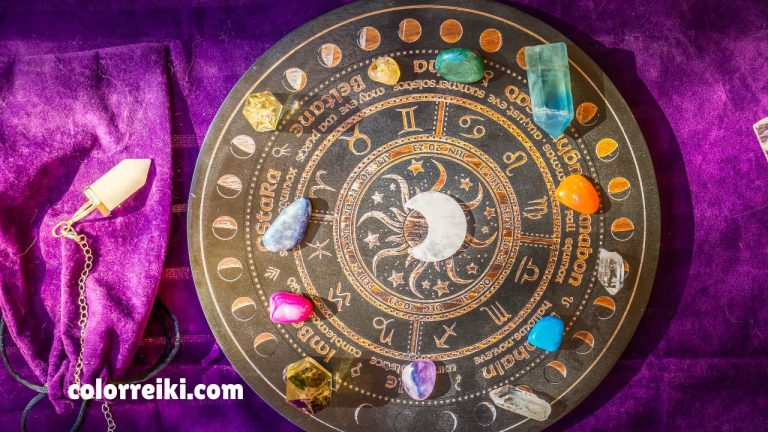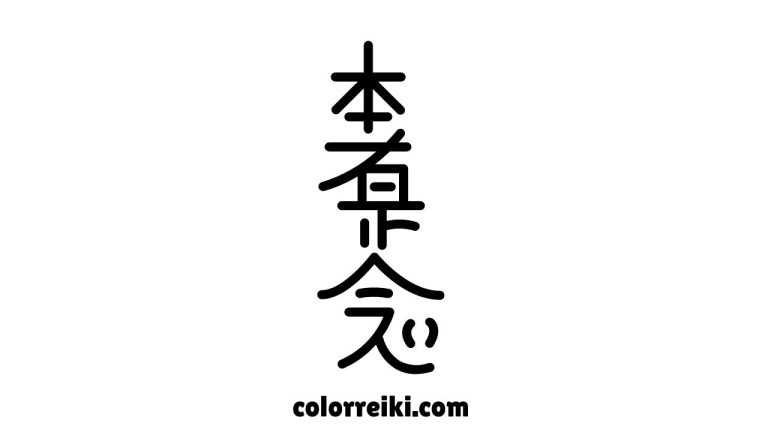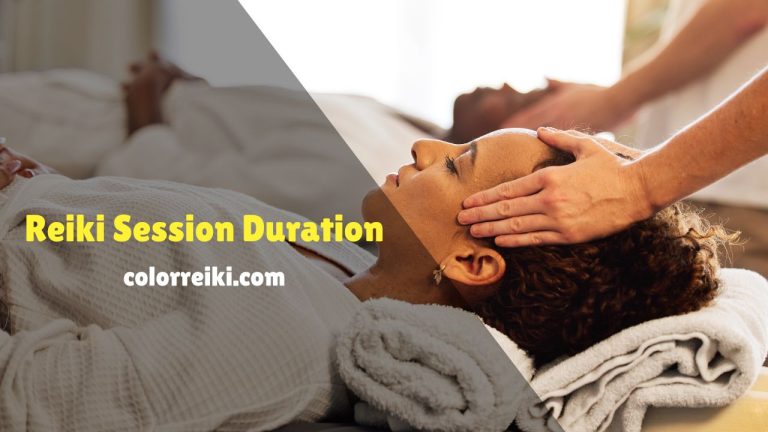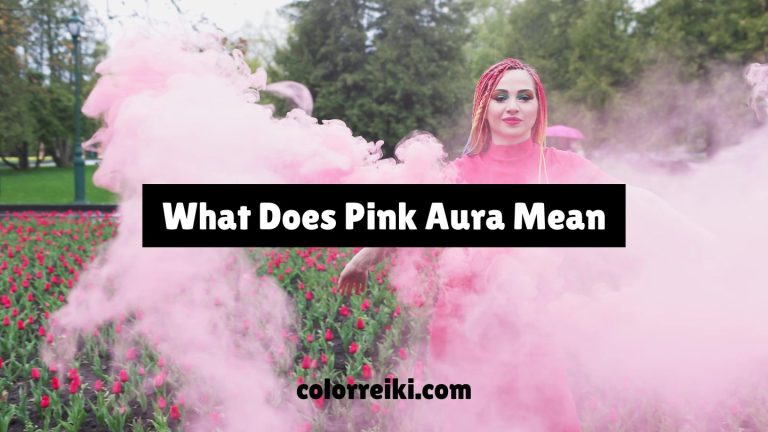What is Reiki Therapy and How Does It Work
Imagine a place where you can unwind, let go of stress, and feel a deep sense of peace. Therapy, in its many forms, provides this kind of relief. It’s a way to heal, improve, and find balance in our lives. From talking with a counselor to doing physical exercises, therapy helps us deal with challenges and promotes overall well-being.
But what if you’re looking for something more complete, something that not only addresses your mind but also your body and spirit? This is where Reiki therapy comes in—a gentle, energy-based therapy that aims to heal you from the inside out. Reiki therapy is a unique approach that can help you relax, reduce stress, and find emotional balance. In this article, we will explore Reiki therapy thoroughly, explaining how it works, its benefits, and why it might be the right choice for you.

What is Therapy?
Therapy is any treatment that helps a person heal, improve, or relieve a disorder. While many people think of therapy as just talking to a therapist, it includes a wide range of practices. For example, therapy can involve taking medicine to treat an illness, doing exercises to recover from an injury, or even creating art to express emotions. Therapy is about finding ways to help people feel better, both physically and emotionally.
Different Types of Therapy
Therapy can be divided into several categories, each serving a specific purpose. Traditional talk therapy involves speaking with a therapist to work through mental and emotional issues. Physical therapy uses exercises and other techniques to help people recover from injuries or illnesses. Then there are alternative therapies, like acupuncture, massage, and Reiki. These therapies often focus on the body’s energy flow, helping people relax and feel more balanced. Each type of therapy offers different benefits, so people can choose what works best for them.
What is Reiki Therapy?
Reiki therapy is an ancient Japanese healing practice that involves transferring energy from the practitioner to the client. The word “Reiki” comes from two Japanese words: “Rei,” which means universal, and “Ki,” which means life energy. During a Reiki session, the practitioner lightly places their hands on or just above the client’s body. This gentle touch helps to channel energy, promoting relaxation and healing. Unlike some other therapies that only focus on one aspect of health, Reiki therapy aims to treat the whole person—mind, body, and spirit.
The History and Origins of Reiki
Reiki was founded in Japan by Dr. Mikao Usui in the early 20th century. Dr. Usui wanted to find a healing method that was simple and effective for everyone, no matter their background or beliefs. After years of studying ancient texts and meditating, he developed the practice of Reiki. He began teaching others how to use this energy-healing technique, and over time, Reiki spread around the world. Today, Reiki is practiced by millions of people and is recognized as a valuable tool for promoting wellness.
Read More: “What is Reiki and how it can transform your life”
How Does Reiki Therapy Work?
Reiki therapy is based on the idea that life energy flows through all living things. When this energy is blocked or low, it can lead to physical problems, emotional stress, and mental fatigue. Reiki works by restoring the natural flow of energy, helping the body heal itself. There are five guiding principles in Reiki: just for today, do not be angry; do not worry; be grateful; work honestly; and be kind to others. These principles help both the practitioner and the client achieve a state of harmony and balance during the session.
How Reiki Heals on Different Levels
Reiki therapy works on multiple levels—physical, emotional, and spiritual. On the physical level, Reiki can help reduce pain, speed up recovery from injuries, and improve sleep. Emotionally, it helps people release negative feelings, manage anxiety, and find inner peace. Spiritually, Reiki can help people connect more deeply with themselves and the world around them. By addressing all these aspects of health, Reiki provides a well-rounded approach to healing.
How to Do Reiki Therapy
Step-by-Step Guide to Performing Reiki Therapy
- Prepare the Space: Create a calm, peaceful environment. Use soft lighting, play gentle music, and ensure the space is comfortable.
- Ground Yourself: The practitioner should take a few moments to center themselves, using deep breathing or meditation to focus their energy.
- Set an Intention: Both the practitioner and the client should set a clear intention for the session. This could be anything from wanting to feel more relaxed to seeking clarity on an issue.
- Hand Placement: The practitioner places their hands lightly on or just above the client’s body, starting at the head and moving down to the feet. Each position is held for several minutes to allow the energy to flow.
- Channeling Energy: As the practitioner’s hands move over the body, they channel healing energy into the client, helping to clear blockages and restore balance.
- Closing the Session: The session ends with a grounding exercise, allowing both the practitioner and the client to return to the present moment. The practitioner may share any insights or feelings that came up during the session.
Tips for Reiki Practitioners and Clients
For practitioners, it’s important to stay focused and calm throughout the session, letting the energy flow naturally. Clients should approach the session with an open mind and relax as much as possible. It’s also a good idea for both the practitioner and the client to be well-hydrated and rested before the session, as this can enhance the energy transfer.
What Are the Benefits of Reiki Therapy?
Reiki therapy offers a wide range of benefits. It can help reduce stress, relieve pain, and improve overall health. Many people find that Reiki helps them relax deeply, which allows the body to heal more effectively. Reiki can also support emotional well-being by helping people release negative emotions and find a sense of peace. Whether you’re dealing with physical pain, emotional challenges, or simply looking for a way to relax, Reiki can be a valuable addition to your wellness routine.
Scientific Studies Supporting Reiki’s Benefits
While Reiki is still considered an alternative therapy, more and more scientific studies are showing its benefits. Research has found that Reiki can help reduce stress, lower blood pressure, and improve the quality of life for people with chronic illnesses. Some studies have also suggested that Reiki can help with pain management and speed up recovery after surgery. Although more research is needed, these findings suggest that Reiki can be a useful tool for improving health and well-being.
Does Reiki Therapy Work?
Many people who try Reiki therapy report feeling better, both physically and emotionally. While the evidence is still growing, several studies have shown that Reiki can be effective in reducing stress and anxiety. However, like any therapy, Reiki may not work for everyone. The success of Reiki can depend on factors like the client’s openness to the process and the skill of the practitioner. Despite some skepticism, the positive experiences of many clients and the growing body of research suggest that Reiki can be a helpful addition to a wellness plan.
Considering the Limitations of Reiki Therapy
While Reiki is generally safe and gentle, it’s important to remember that it’s not a replacement for medical treatment. Reiki should be used as a complementary therapy, alongside conventional treatments. Additionally, people with serious health conditions should consult their healthcare provider before trying Reiki. It’s also worth noting that Reiki may not be suitable for everyone, especially those with severe psychiatric disorders. As with any therapy, it’s important to find what works best for you and to approach Reiki with realistic expectations.
What is Reiki Therapy Good For?
Reiki therapy is often used to help with a wide range of issues, including stress, anxiety, chronic pain, and insomnia. It can also be helpful for emotional healing, such as coping with grief or trauma. Beyond specific conditions, Reiki is often used as a way to enhance overall well-being, promoting relaxation and balance in daily life. Whether you’re dealing with a specific health issue or just want to feel more at peace, Reiki therapy can be a valuable tool for improving your quality of life.
Real-Life Stories and Examples
Many people have shared their positive experiences with Reiki therapy. For example, some individuals have found relief from chronic pain after several Reiki sessions, allowing them to reduce their use of pain medications. Others have reported feeling more relaxed and less anxious, which has helped them sleep better and feel more balanced. These personal stories highlight the potential of Reiki to provide meaningful support and healing for a variety of issues.
Conclusion
Reiki therapy is worth considering if you’re looking for a natural way to support your health and well-being. Whether you’re dealing with physical pain or emotional stress, or just want to feel more balanced, Reiki offers a gentle and non-invasive path to healing. Give it a try and see how this ancient practice can help you find peace and wellness.
Reiki therapy is a gentle healing practice that offers many benefits. It helps reduce stress, relieve pain, and promote emotional balance, making it a valuable tool for improving overall well-being. While more research is needed to understand its effects fully, many people have found Reiki to be a helpful and effective form of therapy.
FAQs
1. What is Reiki Healing Therapy?
Reiki healing therapy is a practice where a trained practitioner channels energy into a person’s body to promote healing and balance. This energy helps to reduce stress, clear energy blockages, and support overall well-being.
2. What is Meant by Therapy?
Therapy refers to any treatment that is used to help heal, improve, or relieve a disorder. It can include a wide range of practices, from taking medication to talking with a therapist to using alternative methods like Reiki.
3. What is Reiki Energy Healing?
Reiki energy healing is a technique where a practitioner uses their hands to channel energy into a person’s body. This energy is believed to help clear blockages, promote relaxation, and support healing on multiple levels—physical, emotional, and spiritual.
4. What is the Difference Between Integrated Energy Therapy vs. Reiki?
Integrated Energy Therapy (IET) and Reiki are both forms of energy healing, but they focus on different techniques. IET involves clearing negative energy imprints from the body’s cellular memory, while Reiki aims to balance the body’s overall energy flow. Both can be effective, but they use different approaches and techniques.
5. What is Reiki and How Does it Work?
Reiki is a form of energy healing that involves the transfer of energy from the practitioner to the client. It works by restoring the natural flow of energy in the body, helping to relieve stress, promote relaxation, and support healing.
6. How Does Energy Healing Work?
Energy healing works by balancing the body’s energy fields. Practitioners believe that when energy is blocked or out of balance, it can lead to physical and emotional problems. By restoring the natural flow of energy, energy healing can help the body heal itself and improve overall well-being.





